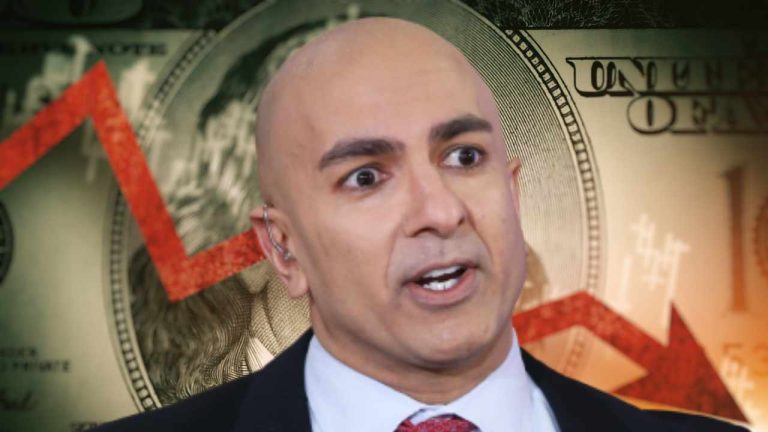TradeUP Securities, Inc., has expanded its online trading platform to include a fractional shares offering covering all stocks on the S&P 500, accessible with as little as five dollars with commission-free trades.
The New Jersey-based brokerage firm founded in 1986 offers on-the-go stock trading and premier trading tools for active investors ever since launching the zero-commission stock trading platform TradeUp in 2019.
The addition of fractional trading capabilities widens the scope of its target demographics and makes it easier for retail investors to enter equity markets.
Mimic mutual funds without paying costly expense ratios
Instead of being forced to pay hundreds of dollars in order to buy some of the most popular stocks on the US equity markets, users can buy 0.01 share of a stock, making a diversified portfolio achievable for all investors, no matter the background.
Fractional shares empowers investors to precisely set the fund weight of the securities in their portfolio, which allows them to even mimic the weighted holdings of an institutional organization, such as a mutual fund, without having to pay potentially costly expense ratios.
This means that TradeUP users can now access popular stocks and diversify their portfolios at very low prices.
“We care greatly about the success of every investor who utilizes our online trading services, so we decided to expand our offerings to include fractional shares, which will open up the world of investing to people of all experience levels and budgets,” said a TradeUP spokesperson.
Fractional shareholders are entitled to dividends which – if distributed – are allocated based on the dollar value of their equity in the firm.
Registered with the SEC and member of FINRA and SIPC, TradeUp charges no commission on US stocks & ETFs nor US Equity and Index Options.
The post TradeUp adds US fractional trading to help users build portfolios without costly expense ratios appeared first on FinanceFeeds.



